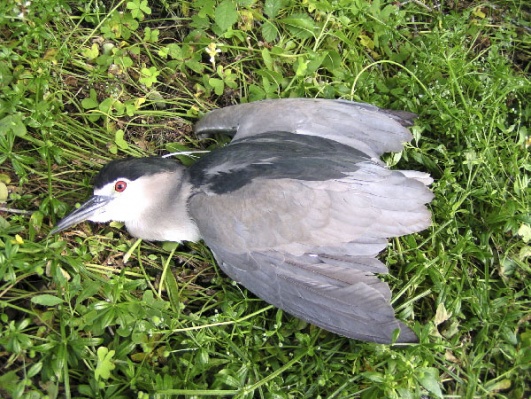Here you can read more about which cookies are being set.
Bird conservation
Migrating birds are international travelers, passing national boundaries unhindered during their migration. This means that the birds that are at our latitude to reproduce for a few short summer months are otherwise on the move or at their winter quarters. All the birds that occur naturally in Sweden are protected according to the EU Birds Directive. This is also the case in the other Member States of the EU. Unfortunately compliance is not high everywhere and is especially bad in the Mediterranean countries. Respect for the EU Birds Directive is poor and there is widespread illegal hunting of birds that are protected here with us. The Honey Buzzard is an example of a species that is subjected to extensive persecution in Southern Europe and the population has over a number of years shown a downward trend.

Why Bird Conservation?
For a long time shooting a Honey Buzzard every spring was a must for men in many southern Italian villages and towns in order to prove their masculinity and avoid being openly mocked. Raptors were shot down in large numbers during their migration from Africa via the Messina area in Sicily and Calabria, southern Italy. The shots came from rooftops, balconies and special hiding places – this barbaric, illegal hunting was extremely widespread.
At the beginning of the 1980s the fight against this hunt began. Migration routes were observed and possible illegal hunting was noted and reported to the police and paramilitary. The first years involved difficult and dangerous work. Protection staff were subjected to various threats and were even shot at while the police and paramilitary acted passively towards these crimes. After a great deal of work, contact gradually improved between bird protectors and the authorities, and the latter have now started to work more actively.
The international element in bird protection work has played a major role. Every spring since 1983, camps are organized when migration is in progress, where bird lovers from a wide range of countries participate. This international presence has been important, both by putting more pressure on the Italian politicians and by spreading information about the situation to other countries.

Some supporting organizations, for example NABU, the German BirdLife partner, have also contributed financially on a large scale. One of the organizers of The Honey Buzzard Day has visited bird protection camps in Calabria and Sicily seven times. The first time in 1993, he says: ”It was a harrowing experience. Seeing Honey Buzzards trying to fight on but slowly wheeling earthwards when hit by a bullet with the Mediterraneans sparkling waters as a grave – the vision has etched itself into my memory. ”Since then, the number of dead Honey Buzzards has markedly decreased and during the last visit in 2007 it was clearly noticeable: ”Only a few shots were heard and the following season it was found that only one Honey Buzzard had been shot.”

Photo: BirdLife Malta.




